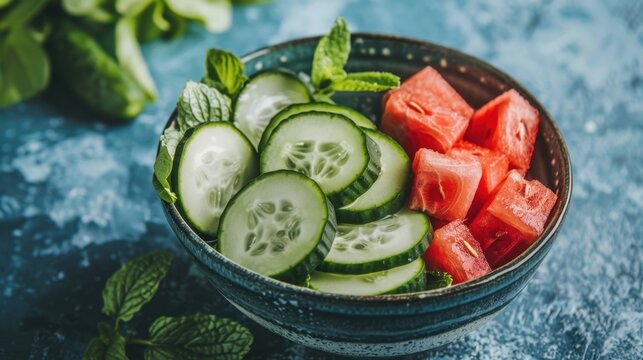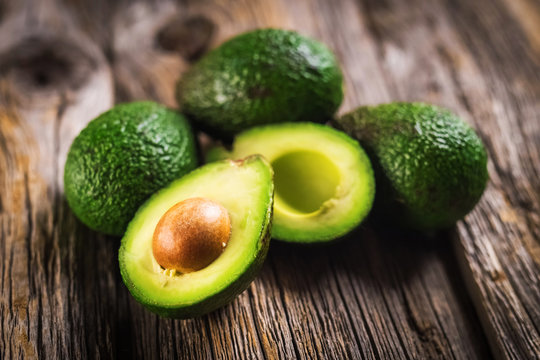In the fast-moving contemporary world, there is nothing as important as a balanced diet for proper health. One such body that has been aiding in the campaign for healthy feeding habits across the entire state is QLD Health, which advocates that one eats varieties from all classes of food. This will work on the principles of healthy eating advised by QLD Health, enabling you to pick up handy ideas and insights toward attaining and maintaining a balanced diet.

Understanding QLD Health’s Recommendations
What Does QLD Health Recommend?
Queensland Health supports the Australian Dietary Guidelines, which are based on eating diverse nutritious foods to achieve and maintain good health. Included in these are the dietary guidances from Queensland Health for several:
- Vegetables and Legumes/Beans: food is dense with essential vitamins, minerals, and fibres. Such foods should be represented on your daily plate in large quantities.
- Fruits: Vitally essential nutrients such as Vitamin C, potassium, and dietary fibre are available from fruits. QLG Health advises the intake of many fruits with varying colours.
- Grains: Prefer whole grains to refined grains. Whole grains contain more fibre and nutrients. QLD Health recommends that entire grain cereals, bread, rice, pasta, and noodles be included in your diet.
- Lean Meats and Alternatives: Protein is essential to repair and develop muscles. Lean proteins could come in lean meats, poultry, fish, eggs, tofu, and seeds, as indicated by Queensland Health.
- Dairy and equivalents: Dairy foods are an excellent source of calcium for bone health. Queensland Health suggests selecting low-fat dairy or plant-based equivalents that are fortified with calcium to limit saturated fats.
Building a Balanced Plate with QLD Health
Give Balanced Meals
Create a balanced plate that complies with Queensland Health: include something from each of the five food groups for every meal. Start with a large variety of vegetables or salad; then add a piece of lean protein around the size of your palm, a fist-sized piece of whole grains, and a dairy or dairy alternative on the side. Don’t forget a piece of fruit, or mix it into your meals as a natural sweetener or dessert.
Reducing food portions may help you moderate
Portion control is another essential manner in ensuring a healthy weight or no overeating of calories. Queensland Health suggests that a small dish or bowl be used to manage the portions, further recommending how mindful eating can be accomplished—haste, choking, and mood disturbance while chewing that foodstuff slowly.
Special Considerations and Implementation Tips
Nutrient Requirements Throughout the Life Span
Knowing what you should eat at every stage in your life is a good way of staying healthy while helping you maintain peak body performance. Nutrition counselling for:
- Children: There is stress on the provision of well-balanced meals to facilitate one’s growth.
- Adults: Encourage good eating habits to avoid developing chronic diseases, such as diabetes and cardiovascular diseases.
- Senior Adults: Leading them to food selections higher in nutrition for bones and muscles.
Health conditions and dietary modifications
It recognizes that individuals with specific health conditions or dietary preferences might require a modification in their diet. Example:
- Diabetes: Monitoring of carbohydrates and glycemic control.
- Food Allergies and Intolerances: Guidance for alternative food choice and label reading to avoid allergens.
- Vegetarianism and Veganism: Include protein sources and sufficient nutrients in diets.
Practical Tips for Everyday Life
Grocery Shopping and Meal Preparation
Navigating the grocery store can sometimes feel overwhelming, but Queensland Health makes it seem easy with suggestions like these
- Make a list: Plan your meals for the week, and write what you need to buy, using Queensland Health recommendations.
- Reading Food Labels: Use this nutrition facts table to compare products so that you can make the best choice for yourself.
- Meal Preparation: Take the time to prepare meals so you will have a supply of nutritious food when on the go.
Dining Out and Socializing
Maintaining a healthy diet should not be such a struggle, however—especially when you’re eating out or at a social function. Queensland Health suggests:
- Make Good Selections: Opt for healthier choices, such as grilled rather than fried.
- Moderation: Treats are for the minority of time; eat nutritious, dense food in the majority.
FAQs About Healthy Eating
What is in a Balanced Meal?
- A: A healthy meal has foods from all food groups in just the right amounts: palm-sized portions of lean protein, whole grain: at least a fist-sized portion, and vegetables in abundance.
How Can I Eat Healthy on a Budget?
- A: Meal plan, stick to it, and enjoy in-season produce with the possibility of using more frozen fruits and vegetables, which can be bought at.
Is Snacking Okay, and What Are Healthy Snack Choices?
- A: Healthy snacks might include fruits, nuts, yogurt, whole-grain crackers, and hummus. Queensland Health would encourage selecting snacks that supply nutrients as well as help one to feel full between meals.
Conclusion
Finally, to achieve and sustain overall good health, a balanced diet that meets Queensland Health’s recommendations is highly important. Good health should come from this because, by including food from different groups, properly taking care of portion sizes, and eating in the present moment, general well-being increases, and one finds himself healthy. Include these recommendations today for a healthier tomorrow with professional guidance.











